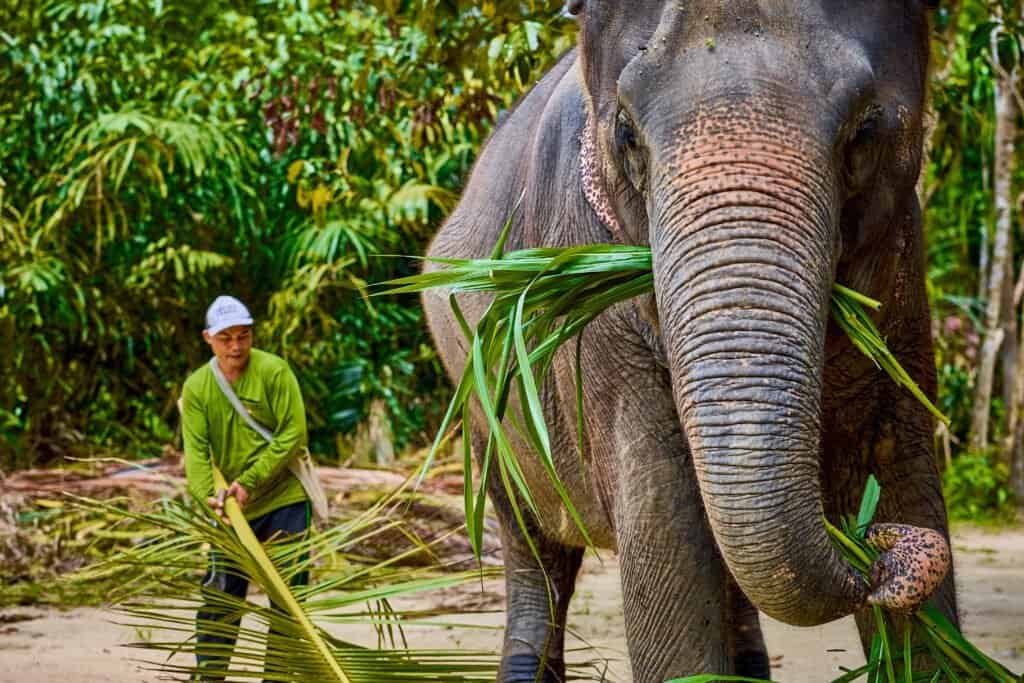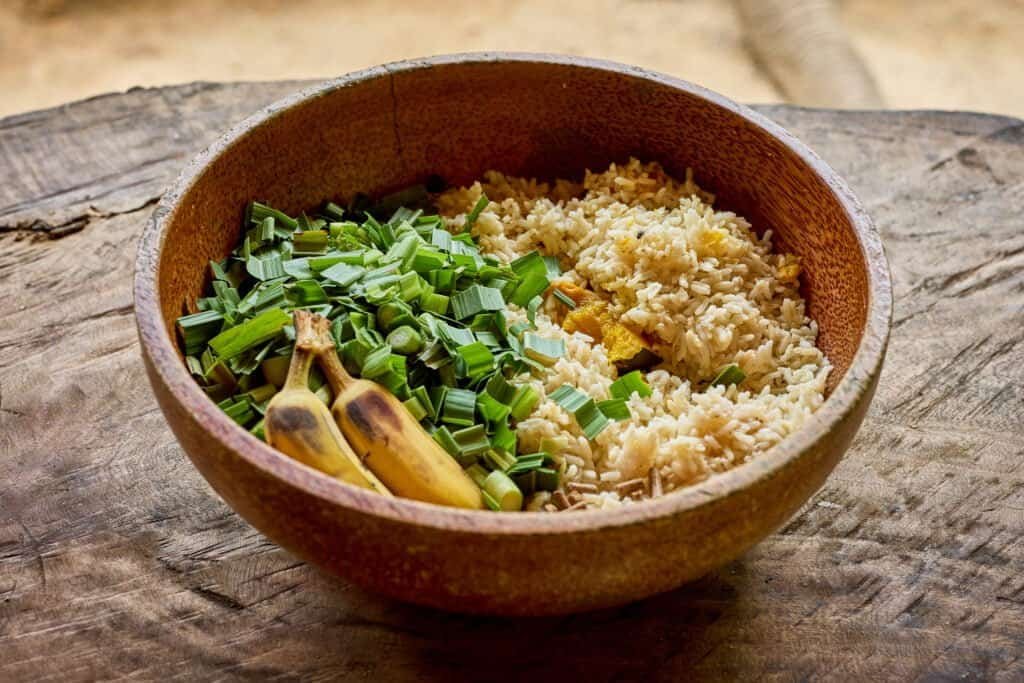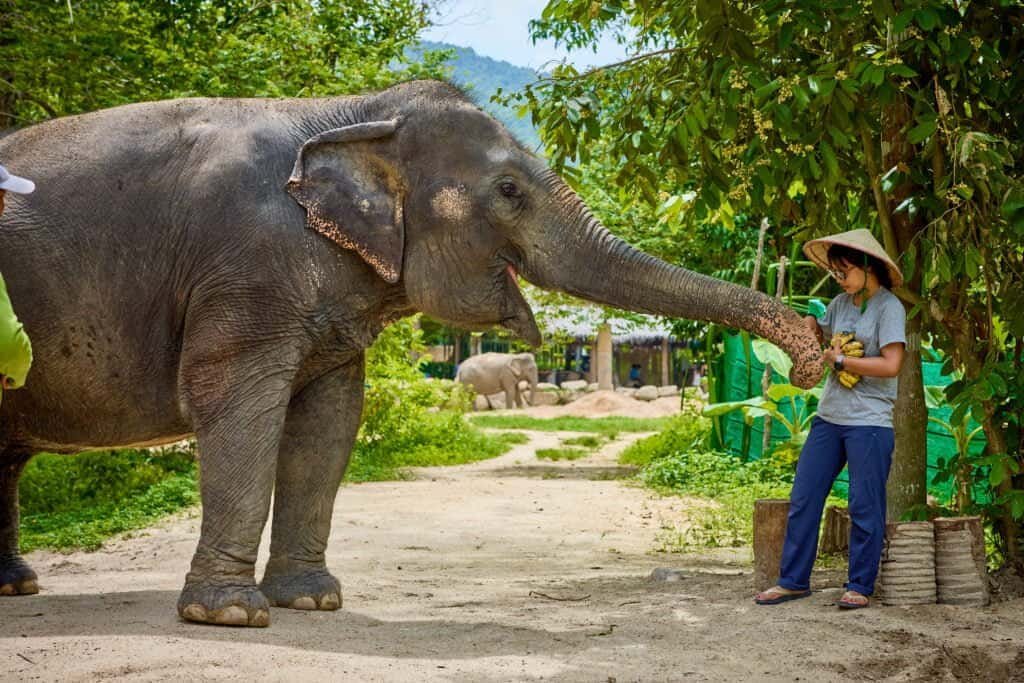For those unacquainted with the sheer scale of an Asian elephant’s dietary requirements, the notion of these colossal creatures consuming upwards of 200 all the way to 600lbs (between 90 to 270kg) of sustenance per day is truly staggering. Yet, this is the reality for these magnificent animals, whose towering frames and intricate digestive systems demand an almost unimaginable amount of nourishment to function. Comprehending the unique feeding habits and nutritional needs of the Asian elephant is not only captivating, but crucial to ensuring their continued well-being, both in the wild and in the carefully managed environments of ethical sanctuaries.

In their natural habitats, elephants are true foraging juggernauts, devoting an astounding 18 to 20 hours per day to the relentless pursuit of food which includes a diverse array of grasses, foliage, and fruits that are abundant in their tropical and subtropical ecosystems. These plant-based foods provide the essential nutrients, carbohydrates, and fiber that the elephants require to maintain their massive frames and support their complex digestive systems. Over the course of a week, a wild elephant, on average, consumes upwards of 2,100 to 3,000 pounds of food, and in a single year, their dietary intake can reach 80 tons or more!
However, the nutritional needs of elephants in captive environments, such as ethical sanctuaries, can differ significantly from their wild counterparts. In these carefully managed settings, elephant caretakers must meticulously plan and provide a balanced, high-quality diet to ensure the overall health and well-being of their charges. Over the course of a week, the food consumption of a sanctuary elephant mirrors the intake of their wild brothers and sisters. However, in a sanctuary setting, this diet is often more precisely tailored to the individual needs of each elephant, taking into account factors such as age, activity level, and any specific health concerns.

The financial costs associated with supporting a single elephant’s dietary needs in a sanctuary environment are staggering. On average, it can cost upwards of $20,000 to 30,000 (737,100 to 1,105,600 baht) per year to provide the necessary sustenance for an Asian elephant, including the specialized blend of grasses, hay, fruits, and vegetables required to meet their complex requirements. This figure can fluctuate depending on factors such as the local cost of food, transportation, and any additional supplements or veterinary care needed to ensure the elephant’s optimal health and well-being. And remember, this number is for ONE elephant and doesn’t even take into account the cost of basic care outside of nutrition, which is even higher!
By unraveling the insane appetites and diverse dietary needs of Asian elephants, both in the wild and in sanctuary settings, we can better appreciate the immense challenges and responsibilities that come with caring for these wonderful creatures. Through the support of ethical sanctuaries and the continued conservation efforts of dedicated individuals, we can ensure that the Asian elephant continues to thrive, its towering presence a symbol of the enduring spirit of the natural world.




Post a Comment